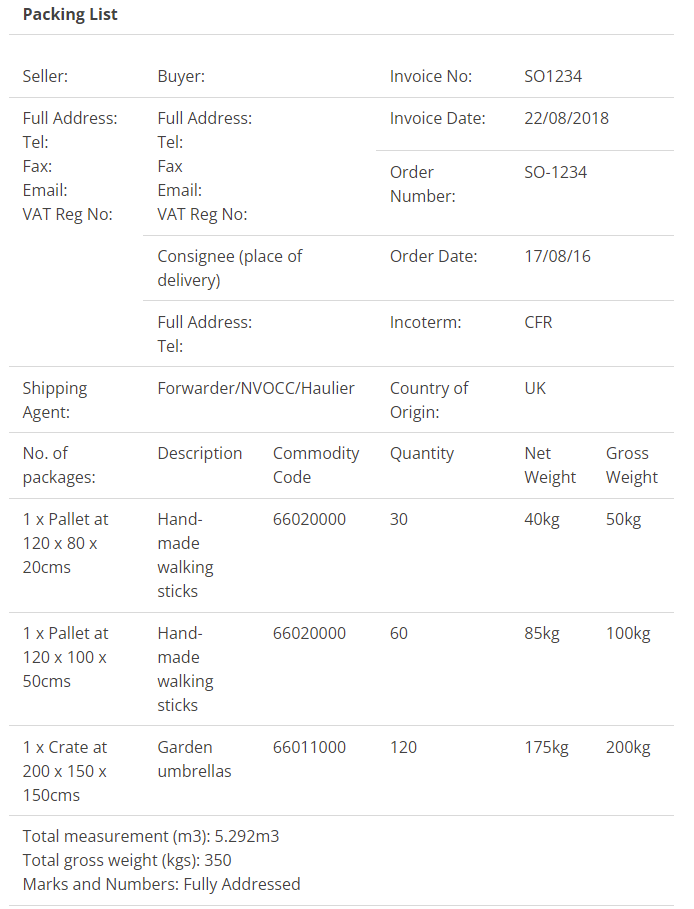Packing List: The itemised List of Goods Essential for Global Trade
- Arne Mielken
- Apr 2, 2022
- 2 min read
(S) A Packing List is an essential documentation for import or export clearance. What is involved?
If the company does not know what documentation is required, it is important that they at least know where they can find out what their documentary responsibilities and obligations are.
What is a packing list?
A packing list is a formal document that shows an itemised list of the goods within a shipping package (for identification and tallying purposes).
The document will typically state a number of details relating to the shipment, including how they have been physically packed.
Who produces this and why?
A packing list is produced by the seller primarily for the use of the buyer.
Knowing what the goods are and also how they are packing them, helps relevant parties identify how to properly handle them, as it is not uncommon that there is a difference between the people arranging the transportation and the people who physically handle the goods.
The information contained within the packing list should correspond with all other documentation relating to the shipment, such as the commercial invoice, a bill of lading or an air waybill. Not only does this help to ensure consistency but it also helps to form part of the audit trail necessary for compliance and of course your own records.
A packing list may be required for customs clearance in certain countries, however, if the commercial invoice contains all the specifics usually included within a packing list, then this may suffice.
Typical contents of a packing list
Whilst this list is not exhaustive, it is indicative of some of the more common information required:
The full name, address and contact details of the seller (Referred to as the shipper in trade terms)
Where the goods are physically coming from.
The full name, address and contact details for the buyer
The full name, address and contact details for the delivery point
As this may be a different address to the address of the buyer
Incoterm
Number of packages
Type of packaging used such as pallets or boxes
The dimensions of each piece
The net weight and the gross weight for each piece
Quantities of products within each package
‘Marks and Numbers’
The literal markings on the packages. Ordinarily, this would be the delivery address and any relevant job references
This can and does often show as ‘Fully Addressed’
A description of the goods, often also showing the relevant commodity codes
A reference number to signify the commercial sale with correlates with other shipping documentation, often a ‘sales order number’ or a ‘purchase order number’
An example of what a packing list may look like:

Often documents such as packing lists are produced in a standardised format, for ease of reference, however, there generally isn’t a strict format that the document has to appear in. What is more important is that the information included is both accurate and adequate.

Comments